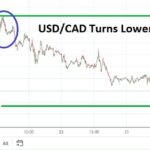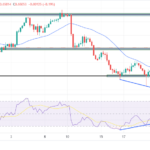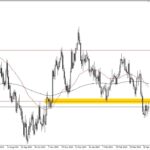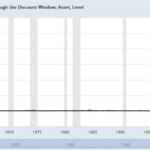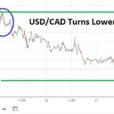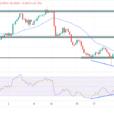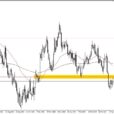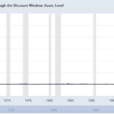
U.S. Industrial Production Ratchets Up in July
trumpeted the Wall Street Journal on Friday. It added that,
“Industrial production, a measure of output in the manufacturing, utilities and mining sectors, rose a seasonally adjusted 0.6% in July from June, the Federal Reserve said Friday. It was the largest gain since November and the second straight increase for the measure after starting the year with five monthly decreases…
Economists surveyed by The Wall Street Journal had expected a 0.4% increase in industrial production last month.”
So, in Wall Street parlance, it was a “beat,” because the headline abstraction was stronger than what Wall Street economists had guessed it would be.
That guessing game, and the Big Media (BM) reporting of it is aimed at the seasonally manipulated figure that attempts to present an abstract impressionist view of the trend. It may or may not do a good job of that. We have no way of knowing unless we look at the actual, unmanipulated data, which neither the Wall Street Journal nor any other BM outlet bothers to do. In order for us to know whether the BM reports have any basis in reality, we need to know what the reality was–what the actual number was. Luckily for us, the government does report the actual data, although you would never know that if you only read or watch the BM.
In analyzing actual data, we need to know how the performance of the current month compares with this month in prior years, and also how the trend is performing. We can do that by looking at the annual growth rate to see if it is slowing, accelerating, or running at about the same rate.
July is always a down month for the industrial production index. That index measures the volume of output of US mines, factories, and utilities as compared with the output of a base year, which in the case of this BEA data is 2012. The index is expressed as a percentage of base year unit output. Because it measures volume, it’s a measure of economic growth which does not need to be adjusted for inflation.



